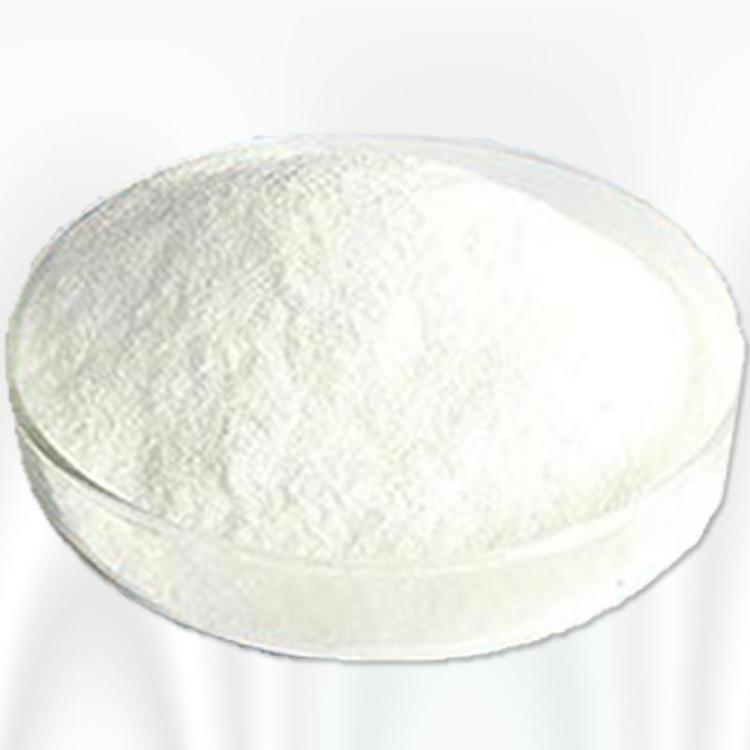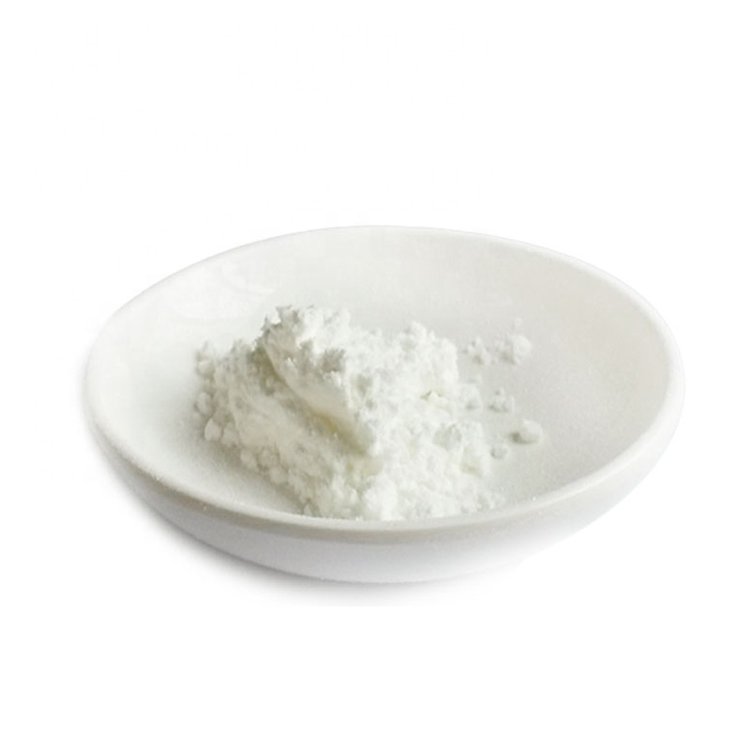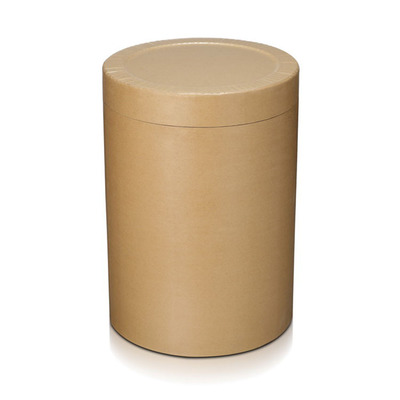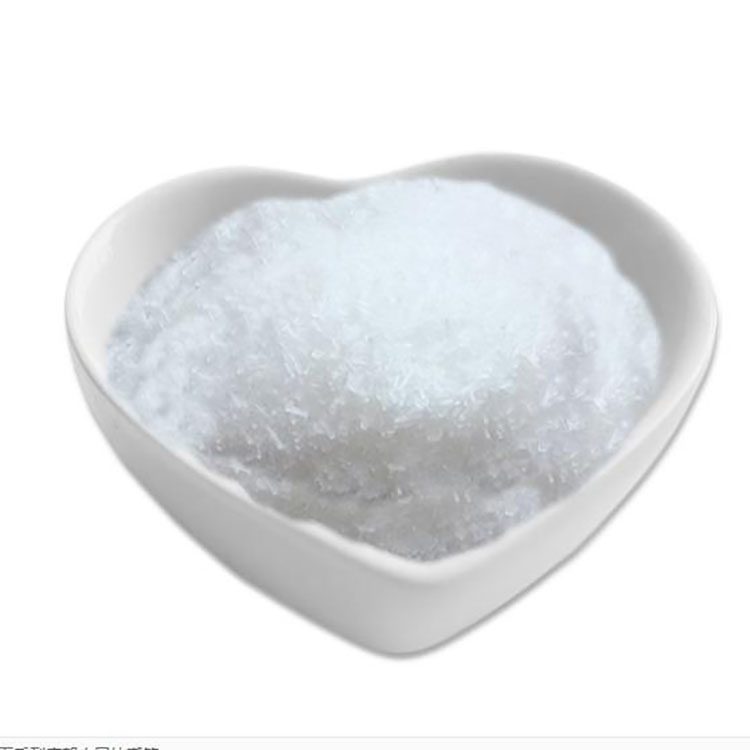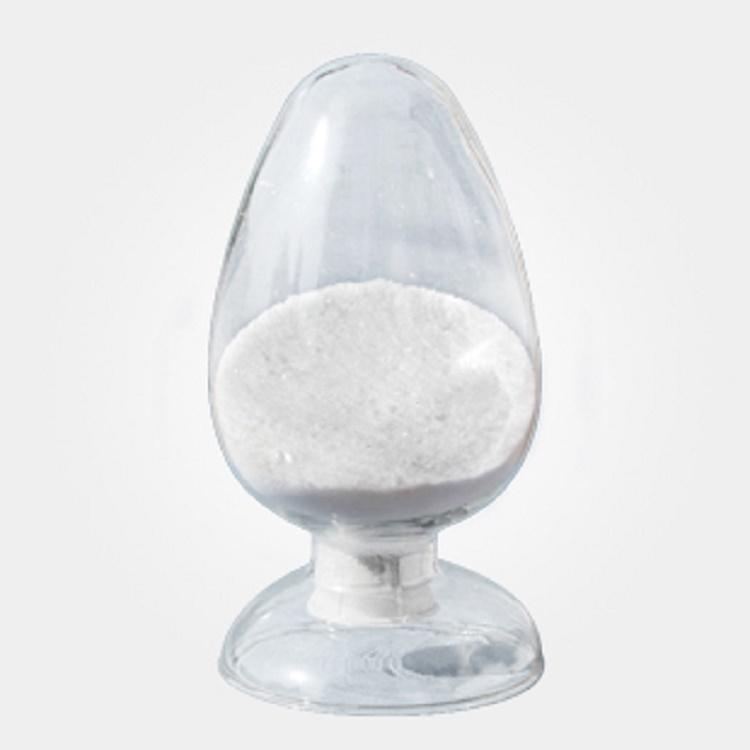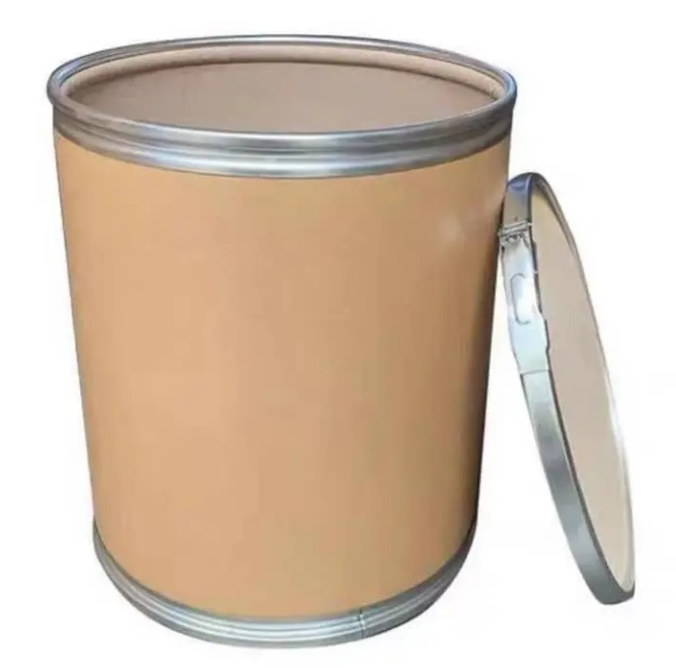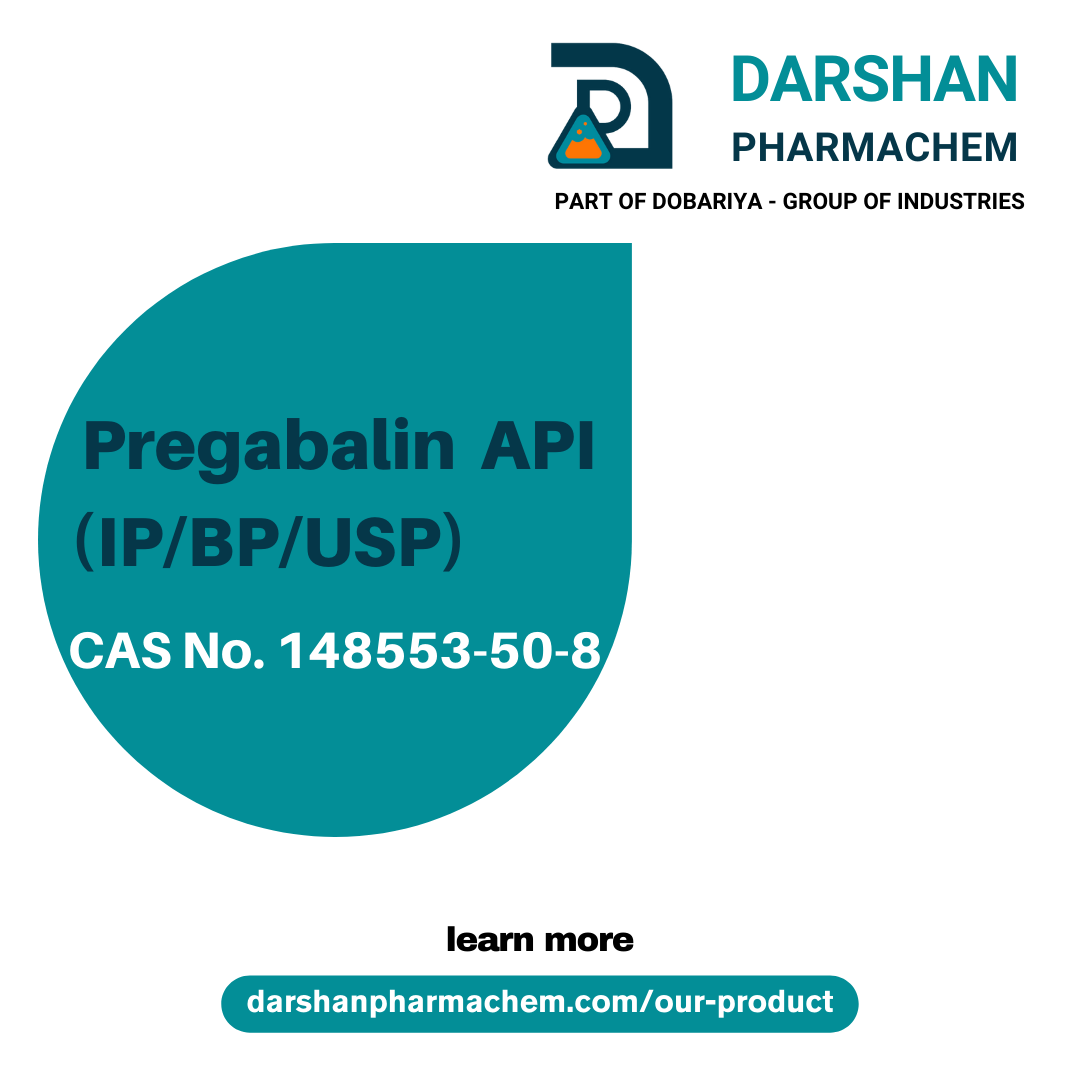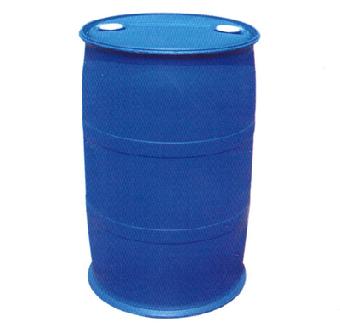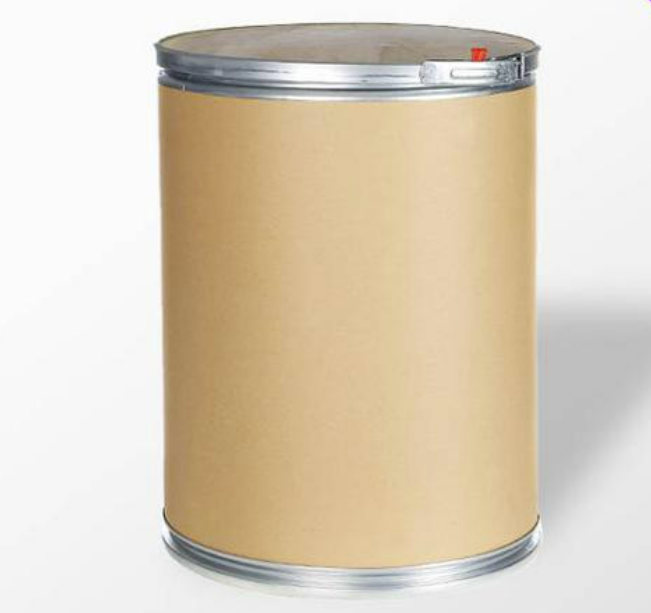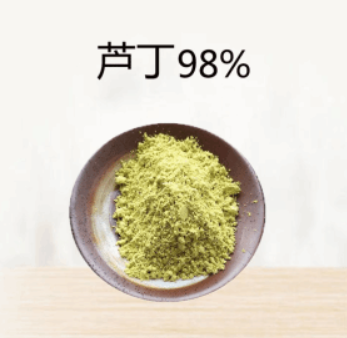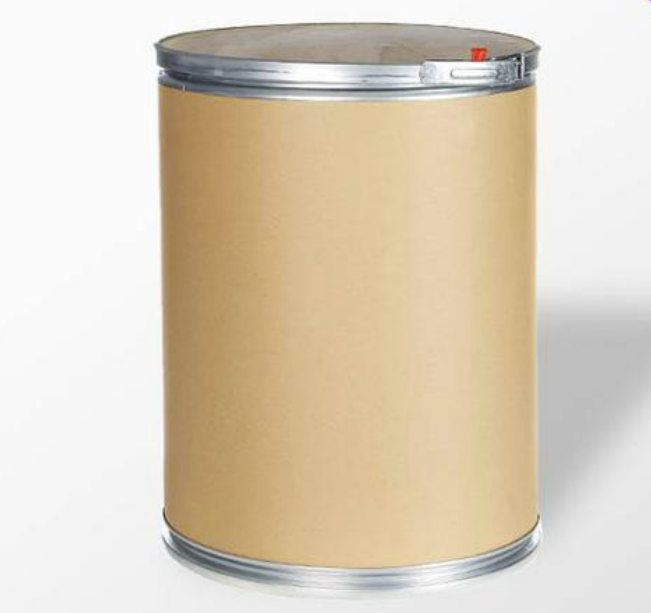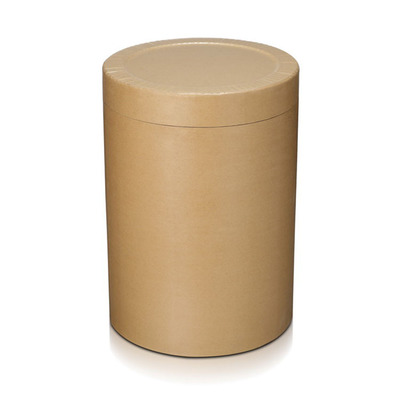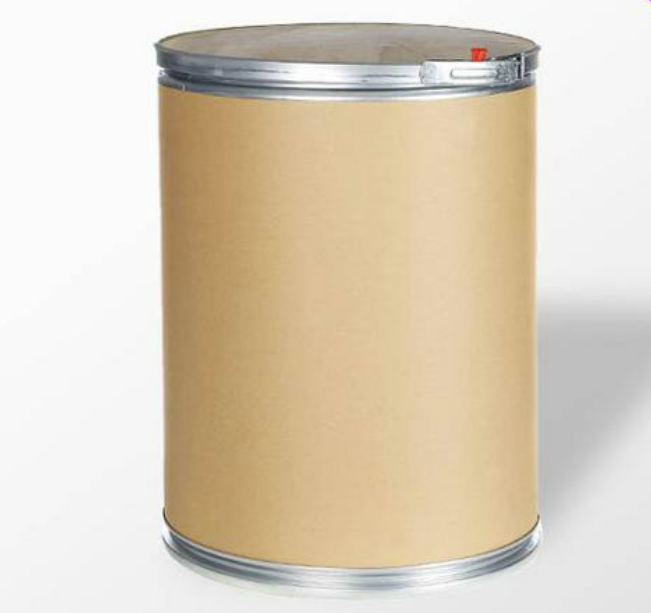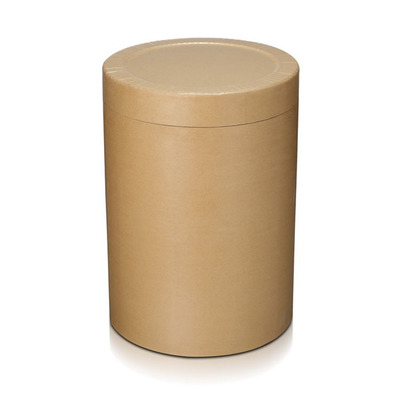Pharmaceutical Raw Materials
Veterinary API
Antiallergic Drugs
Hormones and Endocrine Drugs
Drug Metabolism
Pharmaceutical Intermediates
Synthetic Anti Infective Drugs
Specialty Drugs
Vitamins and Minerals Medicines
Feed Drug Additive
Antineoplastic Agents
Nervous System Drugs
Respiratory Drugs
Diagnostic Agents
Anti Stress Drugs
Antipyretic Analgesics
Antiparasitic Drugs
Circulatory System Drugs
Biochemicals
Blood System Drugs
Immune System Medication
Pharmaceutical Excipients
Fluid, Electrolyte, and Acid-Base Balance
Urinary System Drugs
Antibiotics
Anesthetic Agents
Inhibitors
Other Chemical Drugs
Digestive System Drugs
CAS:147-85-3
Molecular Formula:C5H9NO2
Alias
More Information
L Proline; L(-)-Proline; (S)-Pyrrolidine-2-Carboxylic Acid,L-Proline; L-Pyrrolidine-2-Carboxylic Acid; L-(-)-Proline; (S)-Pyrrolidine-2-Carboxylic Acid; 2-Pyrrolidinecarboxylic Acid; Pyrrolidine-2-Carbonic Acid; L-(-)-Proline ((S)-(-)-Proline)
Brief Introduction
L-proline is one of the eighteen amino acids synthesized by human body. It is colorless to white crystal or crystalline powder at room temperature. It is slightly smelly and sweet. It is very soluble in water, insoluble in ethanol, and insoluble in ether and n-butanol. L-proline is used in biochemical research, medicine for malnutrition, protein deficiency, gastrointestinal diseases, burns and postoperative protein supplement. It can also be used as flavoring agent, which can react with sugar to form special flavoring substance.
This product can be used as food additives, flavors and fragrances, nutritional supplements, chemical reagents, pharmaceutical raw materials.
Suppliers
View More Vendors (4) >
CAS:148553-50-8
Molecular Formula:C8H17NO2
Alias
More Information
(S)-Pregabalin; Hexanoic Acid, 3-(Aminomethyl)-5-Methyl-, (S)-; (S)-(+)-3-(Aminomethyl)-5-Methylhexanoic Acid; (3S)-3-(Aminomethyl)-5-Methylhexanoic Acid; (2S)-3-(Aminomethyl)-5-Methylhexanoic Acid; (S)-3-(Aminomethyl)-5-Methylhexanoic Acid; 3-(Aminomethyl)-5-Methyl-Hexanoic Acid; (R)-Pregabalin
Brief Introduction
Pregabalin is a non-profit country γ- GABA receptor agonist or antagonist is a new type of calcium channel regulator, which can block voltage dependent calcium channel and reduce the release of neurotransmitter. It is mainly used for neuralgia, post herpetic neuralgia and adjuvant treatment of adult partial epilepsy, generalized anxiety disorder and central neuralgia (including spinal cord injury, stroke and multiple sclerosis associated neuralgia) and fibromyalgia.
Suppliers
View More Vendors (4) >
CAS:1493-13-6
Molecular Formula:CHF3O3S
Alias
More Information
Trifluoromethanesulphonic Acid; Triflic Acid; Tfmsa; Perfluoromethanesulfonic Acid; Trifluoromethylsulfonic Acid; Methanesulfonic Acid, Trifluoro-; Trifluoromethansulfonic Acid; Trifluoromethane-Sulfonic Acid; Methanesulfonic Acid,Trifluoro
Brief Introduction
Trifluoromethanesulfonic acid is widely used. It is one of the most powerful organic acids known. It is a versatile synthetic tool. With strong corrosiveness and hygroscopicity, it is widely used in medicine, chemical industry and other industries, such as nucleosides, antibiotics, steroids, proteins, sugars, vitamin synthesis, silicone rubber modification, etc. It can also be used as a catalyst for isomerization and alkylation to prepare 2,3-dihydro-2-indanone and 1-tetrahydronaphthalene ketone and remove glycosides from glycoproteins.
Suppliers
View More Vendors (4) >
CAS:153-18-4
Molecular Formula:C27H30O16
Alias
More Information
Rutin Hydrate; Vitamin P Trihydrate; Rutin Trihydrate; 3,3’,4’,5,7-Pentahydroxy-Flavon3-(O-Rhamnosylglucoside); 3-[[6-O-(6-Deoxy-.Alpha.-L-Mannopyranosyl)-.Beta.-D-Glucopyranosyl]Oxy]-2-(3,4-Dihydroxyphenyl)-5,74H-1-Benzopyran-4-One; 3-[[6-O-(-Deoxy-L-Mannopyranosyl)-D-Glucopyranosyl]Oxy]-2-(3,4-Dihydroxyphenyl)-5,7-Dihydroxy-4H-1-Benzopyran-4-One; 4-Dihydroxyphenyl)-5,7-Dihydroxy-Yranosyl]Oxy]-2-(; 4H-1-Benzopyran-4-One,3-[[6-O-(6-Deoxy-Alpha-L-Mannopyranosyl)-Beta-D-Glucop; Bioflavonoid; Globularicitrin; Ilixathin; Rutoside
Brief Introduction
Rutin, a rutin glycoside of quercetin, is a kind of flavonoids extracted from plants. It exists in rutin, tartary buckwheat, Sophora bud, Catalpa bungei leaves, tomato stems, leaves and seed shells. The main uses of rutin are as follows: 1. Food additive: it can be used as food pigment (like lemon yellow), antioxidant and nutritional supplement, mainly used in cold drinks, beverages, pastries, meat products, aquatic products, etc. 2. Vitamins: it can reduce the permeability and fragility of capillaries, maintain and restore the normal elasticity of capillaries. It is used for prevention and treatment of hypertensive cerebral hemorrhage, diabetic retinal hemorrhage and hemorrhagic purpura. 3. It has anti-inflammatory effect; Vitamin P has the effect of maintaining vascular resistance, reducing permeability and brittleness. It has the effect of removing fat in fatty liver, especially in combination with glutathione; Antiviral effect and inhibition of aldose reductase.
Suppliers
View More Vendors (4) >
CAS:154229-19-3
Molecular Formula:C24H31NO
Alias
More Information
(3Beta)-17-(3-Pyridinyl)-Androsta-5,16-Dien-3-Ol; Androsta-5,16-Dien-3-Ol, 17-(3-Pyridinyl)-, (3Beta)-; Cb 7598; Cb-7598; Unii-G819A456D0; Abiraterone(Cb-7598); 17-(3-Pyridyl)Androsta-5,16-Dien-3Beta-Ol; Cb7598; Zytiga
Brief Introduction
Abiraterone acetate (INN, USAN, BAN, JAN) (brand names Zytiga, Abiratas, Abretone, Abirapro) is a steroidal antiandrogen, specifically an androgen synthesis inhibitor, used in combination with prednisone in metastatic castration-resistant prostate cancer (previously called hormone-resistant or hormone-refractory prostate cancer) – i.e., prostate cancer not responding to androgen deprivation or treatment with androgen receptor antagonists. It is a prodrug to the active agent abiraterone, and is marketed by Janssen Biotech under the trade name Zytiga. In addition, Intas Pharmaceuticals markets the drug under the trade name Abiratas, Cadila Pharmaceuticals markets the drug as Abretone, and Glenmark Pharmaceuticals as Abirapro.
Abiraterone acetate was approved by the United States Food and Drug Administration on April 28, 2011. The FDA press release made reference to a phase III clinical trial in which abiraterone use was associated with a median survival of 14.8 months versus 10.9 months with placebo; the study was stopped early because of the successful outcome.
Suppliers
View More Vendors (4) >
Inquiry (
10
/ 10
)
Clear All
Sign In
Error!

